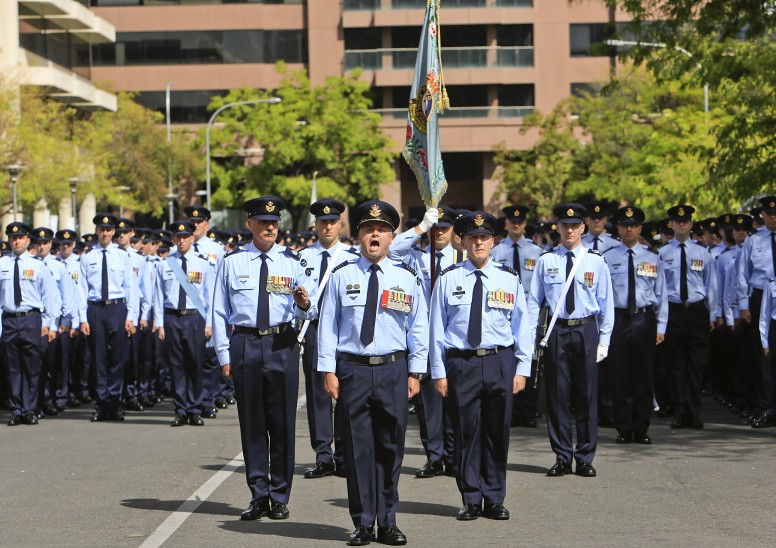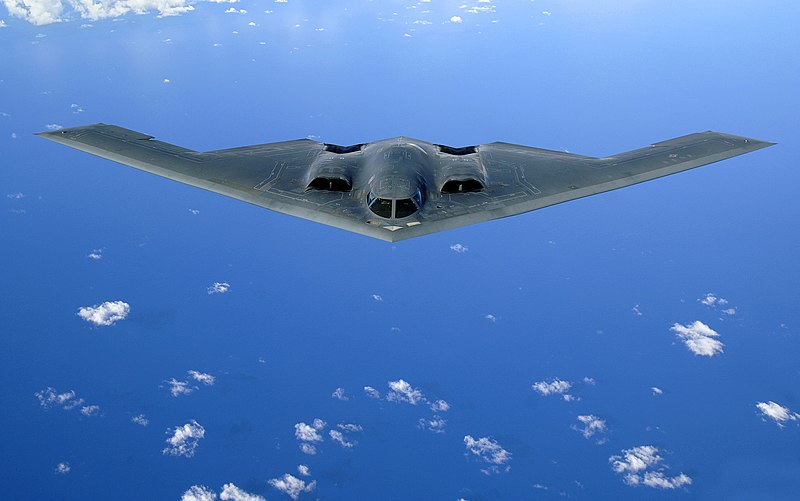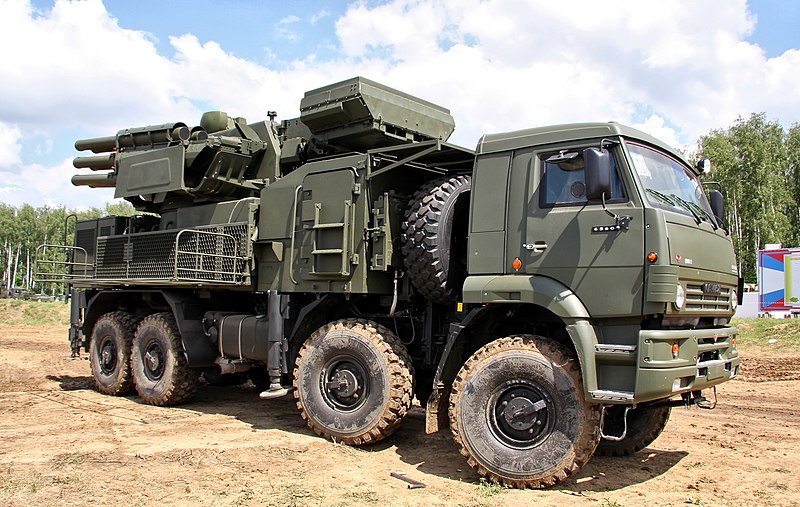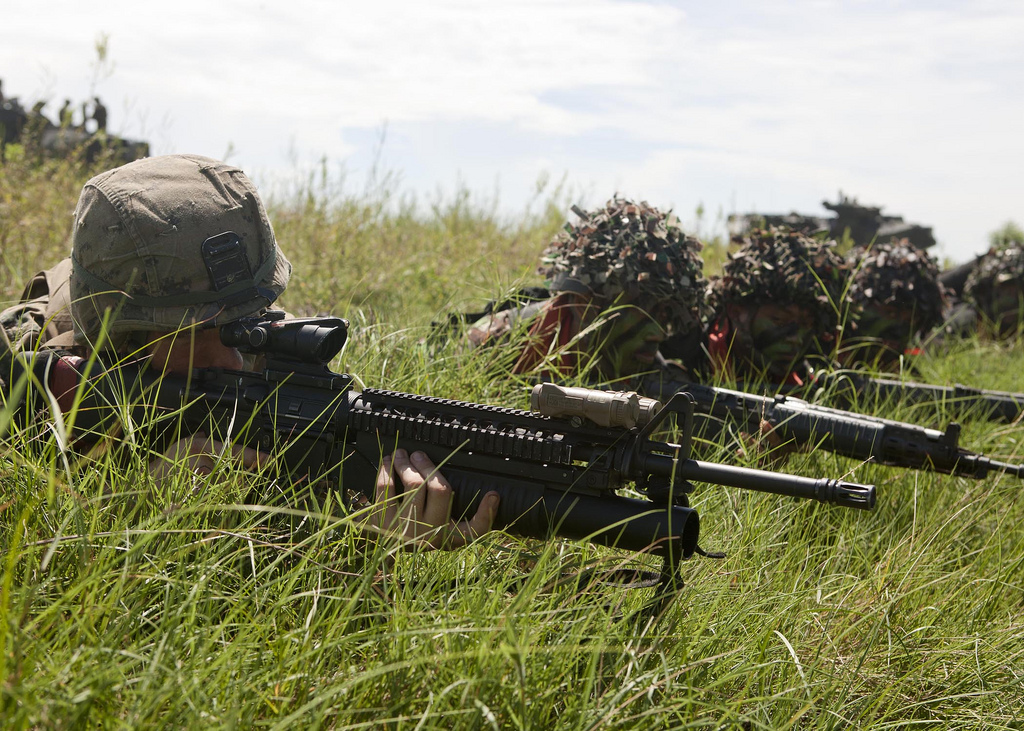 |
| HMAS Perth an ANZAC class Frigate |
VAN NUYS, Calif., March 28, 2013 - ITT Exelis (NYSE: XLS) has been awarded a contract valued at more than $102 million to provide the Electronic Support Measures (ESM) suite for Australia’s ANZAC frigates and the Canberra class LHD ships, enhancing the country’s national defense capabilities throughout the Pacific and Indian Ocean regions. With this contract, Exelis continues to extend its leading edge electronic warfare capabilities to international customers.
The Exelis ES-3701 ESM system will significantly improve the Royal Australian Navy‘s capability to detect radars from other surface ships and aircraft. It provides situational awareness, targeting, self-protection and surveillance, and utilizes a Windows-based interface for robust, easy-to-use graphical displays. The selection of the ES-3701 also provides commonality with other large warships in Australia’s fleet, as the system is also being deployed on the Air Warfare Destroyer (AWD).
“This award positions Exelis as the premier supplier of ESM systems in the Asia Pacific region and is a critical milestone in the region’s enhancement of its defenses,” said Rich Sorelle, Exelis corporate vice president and president of the Electronic Systems division.
This is the second major contract in recent years to provide electronic warfare systems to the Royal Australian Navy; Exelis was previously awarded the contract for the ESM suite for the AWD program. The work for these key contracts will be performed by the Exelis Electronic Systems, radar, reconnaissance and undersea systems business area from its Morgan Hill, Calif. location.
“Our ES-3701 system provides effective mission operations in all weather conditions and against all essential threats,” added Dave Prater, Exelis vice president and general manager of radar, reconnaissance and undersea systems. “It is ideally suited to achieve the operational mission requirements in a dynamic and challenging electronic warfare environment.”
For more than 60 years, Exelis has been providing leading edge ESM solutions to navies around the world. These precision monopulse, direction-finding ESM systems are ideal for submarines, surface ships and land-based applications.














_Flag.png)

.jpg)







